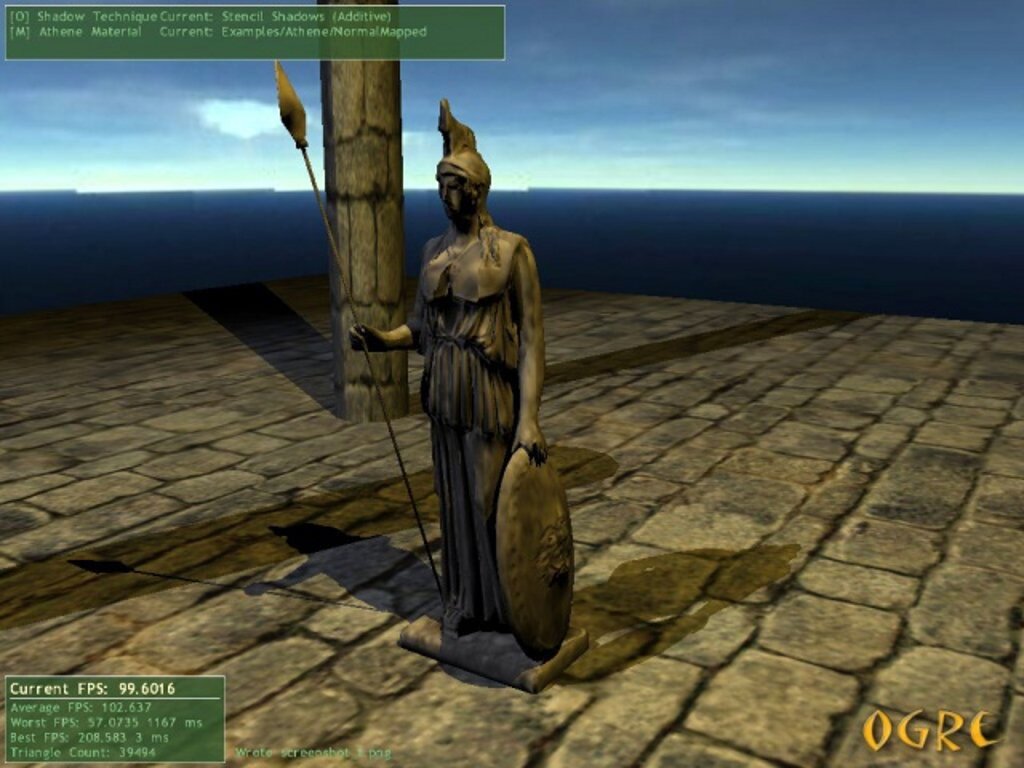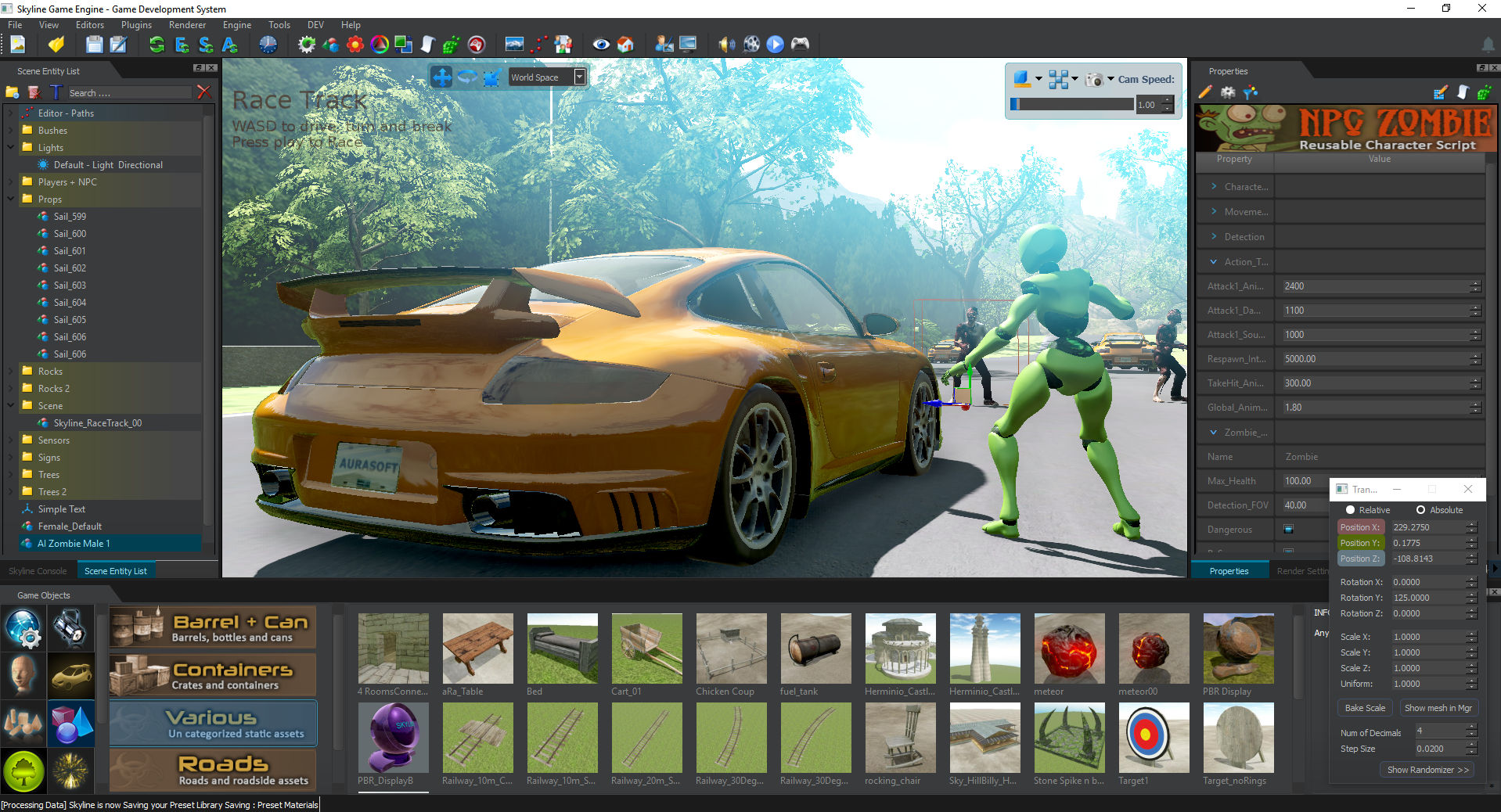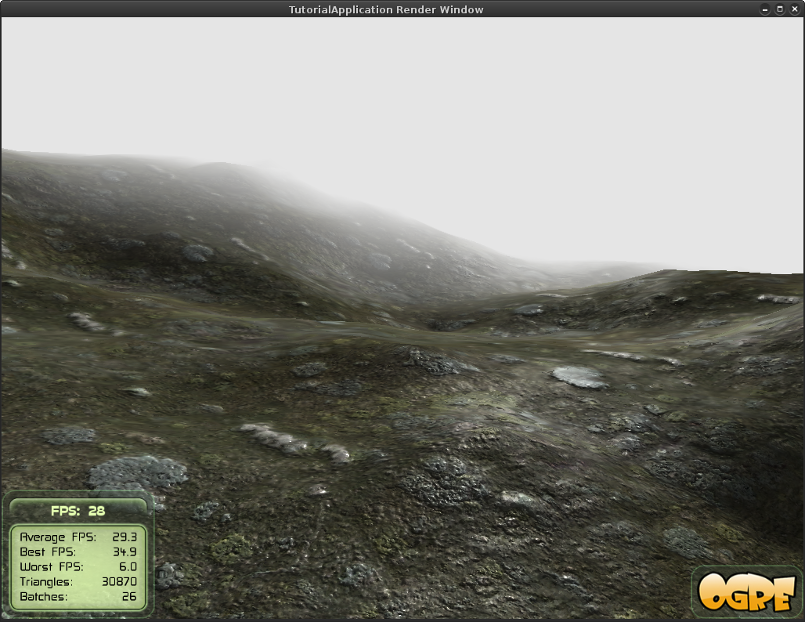

USING OGRE ENGINE FULL
Use predefined classes for scene organisation if they suit or plug in your own subclass to gain full control over the scene organisation.
USING OGRE ENGINE SOFTWARE
Both techniques can be implemented in hardware and software depending on hardware support.Pose animation for modern shape animation, allowing you to blend many poses at variable weights along a timeline, for example expression / mouth shapes to perform facial animation.Morph animation for legacy applications where you wish to perform simple linear blends between shape snapshots.



Textures can be provided and updated in realtime by plugins, for example a video feed.Load textures from PNG, JPEG, TGA, BMP or DDS files, including unusual formats like 1D textures, volumetric textures, cubemaps and compressed textures (DXT/S3TC).Material LOD support your materials can reduce in cost as the objects using them get further away.Support for multiple material techniques means you can design in alternative effects for a wide range of cards and OGRE automatically uses the best one supported.Multiple pass effects, with pass iteration if required for the closest ‘n’ lights.Supports the complete range of fixed function operations such as multitexture and multipass blending, texture coordinate generation and modification, independent colour and alpha operations for non-programmable hardware or for lower cost materials.Supports vertex and fragment programs (shaders), both low-level programs written in assembler, and high-level programs written in Cg, DirectX9 HLSL, or GLSL and provides automatic support for many commonly bound constant parameters like worldview matrices, light state information, object space eye position etc.Powerful material declaration language allows you to maintain material assets outside of your code.Proven, stable engine used in several commercial products.Clean, uncluttered design and full documentation of all engine classes.Common requirements like render state management, spatial culling, dealing with transparency are done for you automatically saving you valuable time.Extensible example framework makes getting your application running is quick and simple.It has been used in a number of open source games including Rigs of Rods, Shadow Run – Awaken, Trinity Reign, as well as commercial games such as Ankh, Jack Keane, Venetica and Torchlight. Std::cerr <

 0 kommentar(er)
0 kommentar(er)
